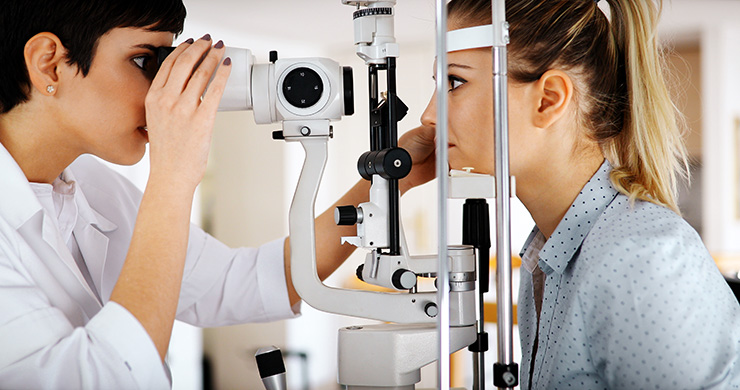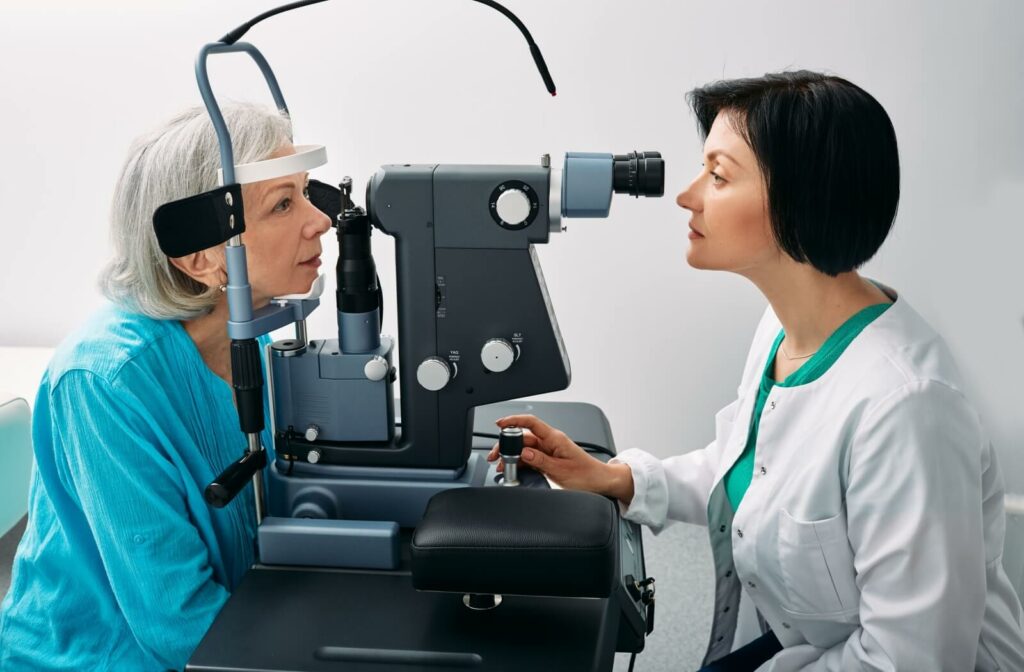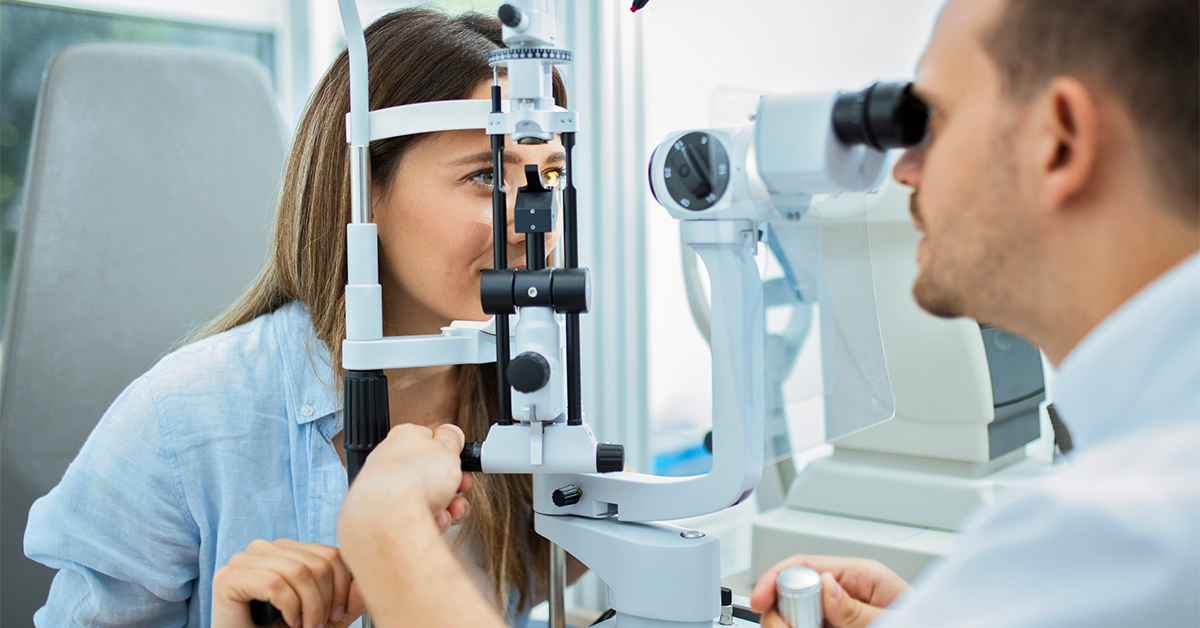Just How an Eye Doctor Can Help Prevent Vision Issues in Chino
Just How an Eye Doctor Can Help Prevent Vision Issues in Chino
Blog Article
Checking Out the Most Recent Technical Advancements in Optometry and What They Mean for Optometrists
In the ever-evolving field of optometry, current technological improvements are improving just how professionals come close to eye care. From the accuracy of Optical Coherence Tomography to the nuanced insights offered by AI-driven diagnostic tools, these technologies are setting new standards in client assessment and therapy. Teleoptometry is poised to redefine access, ensuring that experience goes beyond geographical constraints. As these advancements permeate the method, optometrists are faced with the challenge of embracing these tools to improve client results. Yet, the concern stays: exactly how will these technological shifts redefine the duties and obligations within the occupation?
Technologies in Diagnostic Devices
Progressing the area of optometry, technologies in diagnostic tools have actually reinvented the way eye treatment experts examine and diagnose visual problems and eye problems. The previous decade has witnessed significant technical developments, enabling more exact and comprehensive analyses.
An additional secret innovation is the intro of advanced corneal topography systems, which map the surface curvature of the cornea with accuracy. These tools are specifically valuable for suitable contact lenses and identifying corneal problems. Electronic retinal imaging has changed standard ophthalmoscopy, using thorough, panoramic views of the retina that assist in comprehensive aesthetic assessments.
The development of wavefront aberrometry has actually additionally been important, making it possible for the analysis of refractive mistakes with unequaled accuracy (Opticore Optometry). This innovation helps in customizing restorative lenses and enhancing medical outcomes for refractive surgical treatments. Collectively, these diagnostic advancements empower optometrists to supply superior patient treatment, ensuring early treatment and tailored therapy techniques, inevitably improving visual health outcomes
AI in Individual Administration
Structure on the structure of cutting-edge diagnostic tools, the unification of expert system (AI) in individual management stands for a transformative jump for optometry. AI systems are significantly employed to improve efficiency, accuracy, and customization in patient care. By examining huge quantities of data, AI can recognize patterns and forecast possible ocular conditions, allowing eye doctors to customize interventions more successfully. This capacity is crucial in taking care of persistent eye illness such as glaucoma and diabetic retinopathy, where very early detection and continuous monitoring are essential.
In addition, AI-driven systems help with streamlined client communications and management procedures. Automated organizing, digital appointments, and customized follow-up plans not only improve person satisfaction yet likewise optimize time management for experts. These systems can triage clients based on the necessity of their conditions, guaranteeing that those in crucial need receive prompt interest.
Furthermore, AI boosts decision-making by giving optometrists with evidence-based referrals and treatment paths. By integrating data from digital wellness records, AI tools use insights that inform clinical decisions, minimizing the danger of mistakes and boosting client results. As AI remains to advance, its duty in individual monitoring will likely broaden, reshaping the landscape of optometric treatment.
Developments in Retinal Imaging
In the realm of optometry, retinal imaging has observed exceptional technological advancements that are enhancing analysis abilities and patient care. Innovations such as Optical Comprehensibility Tomography (OCT) and fundus photography have actually revolutionized exactly how optometrists evaluate the retina and imagine. right here OCT, in certain, gives high-resolution, cross-sectional pictures of the retina, enabling the thorough exam of its layers. This capability is indispensable for very early detection and monitoring of problems like glaucoma, diabetic person retinopathy, and age-related macular deterioration.
Improved imaging techniques like OCT angiography are further refining diagnostic accuracy. Optometrist Chino. Such developments assist in the recognition of minute retinal changes that can symbolize disease progression.
Furthermore, improvements in expert system are augmenting retinal imaging by making it possible for automated analysis of big datasets. These systems assist optometrists in identifying patterns a sign of pathology, consequently boosting diagnostic accuracy and efficiency. Jointly, these innovations are changing retinal imaging into a foundation of modern-day eye treatment, boosting results and broadening restorative opportunities.
Teleoptometry's Expanding Role
Teleoptometry is progressively becoming an essential element of eye care, driven by improvements in electronic interaction and analysis tools. This is specifically beneficial in underserved and country areas where accessibility to specialized eye treatment is often minimal.
The integration of expert system (AI) more boosts teleoptometry, allowing the evaluation of visual data and aiding in the discovery of eye conditions such as glaucoma and diabetic retinopathy. AI-powered formulas can rapidly interpret complex imaging information, providing optometrists with useful insights that strengthen clinical decision-making.
Furthermore, teleoptometry supports connection of care through seamless combination with electronic health and wellness documents (EHRs), permitting eye doctors to keep detailed patient backgrounds. When seeking advice from with different experts., this ensures that clients receive individualized and consistent care even.
Regardless of these advantages, challenges remain, consisting of guaranteeing data security and handling client assumptions. Nevertheless, teleoptometry represents a substantial stride in the direction of more available, effective, and patient-centered eye treatment. As innovation develops, its duty is positioned to increase additionally.

Future Trends in Eye Treatment
A myriad of innovative patterns is set to improve the future of eye treatment, driven by technical developments and the developing demands of individuals. One substantial trend is the assimilation of expert system (AI) in diagnostics, which guarantees to boost the accuracy and efficiency of eye assessments. AI formulas can evaluate huge amounts of information from retinal images, possibly finding conditions continue reading this like diabetic retinopathy and glaucoma earlier than conventional methods.
In addition, personalized medication is gaining traction in optometry, with hereditary testing educating customized therapy plans. This technique aims to maximize patient results by customizing treatments to private hereditary profiles. Wearable innovation, such as wise call lenses, is likewise on the horizon, providing real-time tracking of intraocular pressure or sugar degrees, thus giving continual understandings into ocular and systemic wellness.
The adoption of increased truth (AR) and virtual fact (VR) in training and individual education and learning is one more arising pattern. These technologies supply immersive experiences that can boost understanding and abilities both for clients and optometrists. As these patterns develop, eye doctors should remain abreast of technical advancements to supply cutting-edge care, ensuring enhanced patient end results and fulfillment in the dynamic landscape of eye treatment.
Conclusion

Jointly, these diagnostic improvements equip eye doctors to supply superior person treatment, guaranteeing early intervention and customized treatment techniques, ultimately enhancing aesthetic health and wellness end results.

As these innovations proceed to advance, eye doctors should adapt and incorporate them right into method, eventually enhancing operations effectiveness and elevating the criterion of eye treatment supplied to individuals.
Report this page